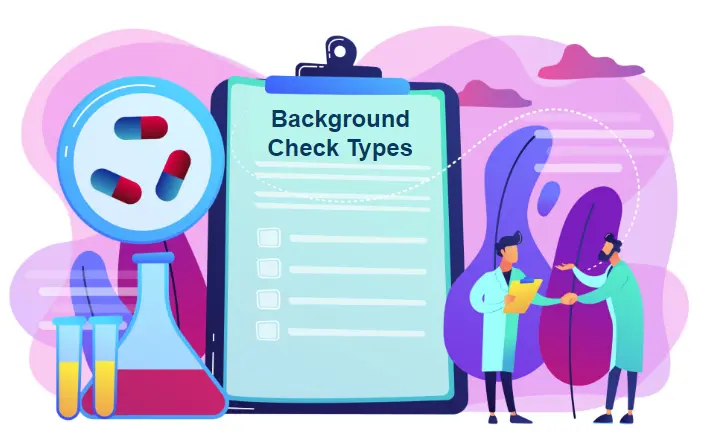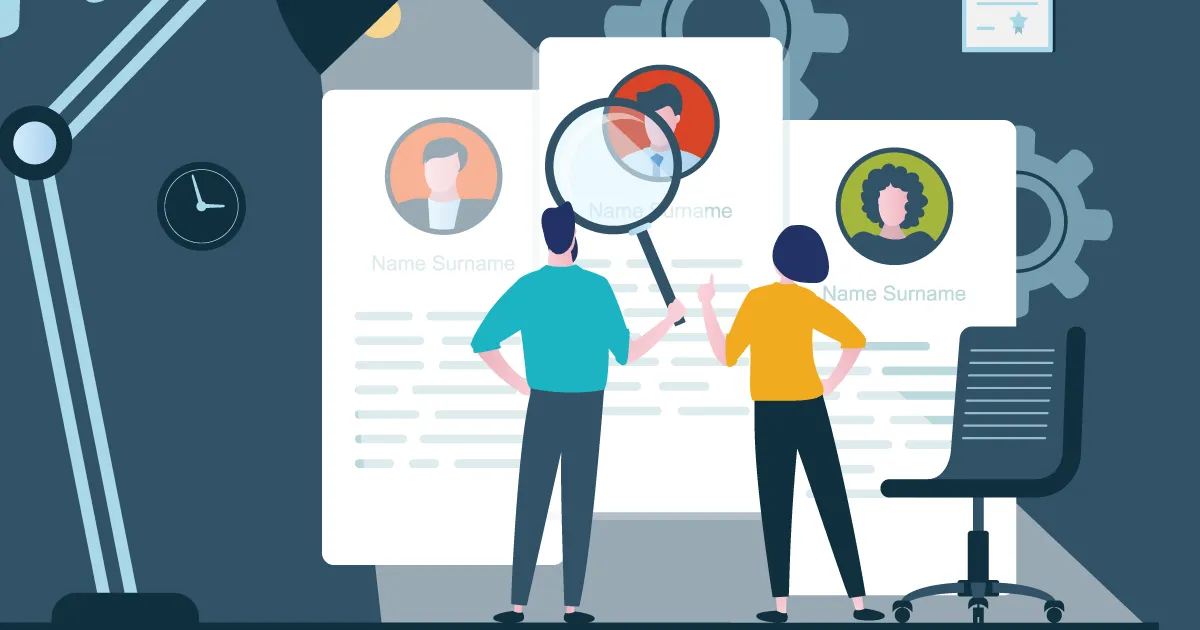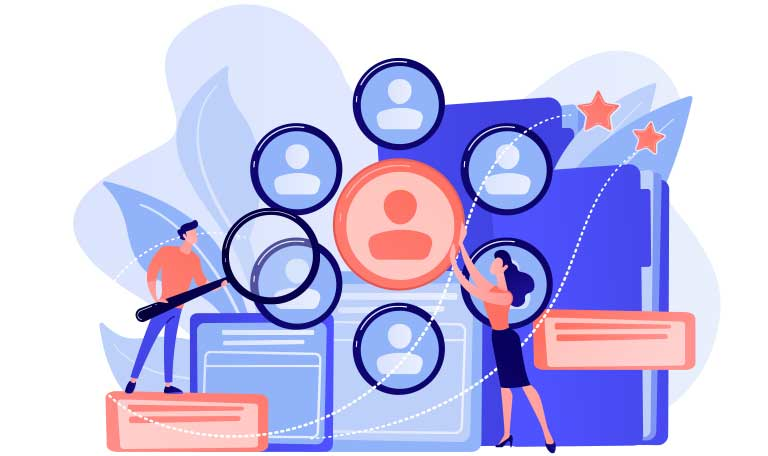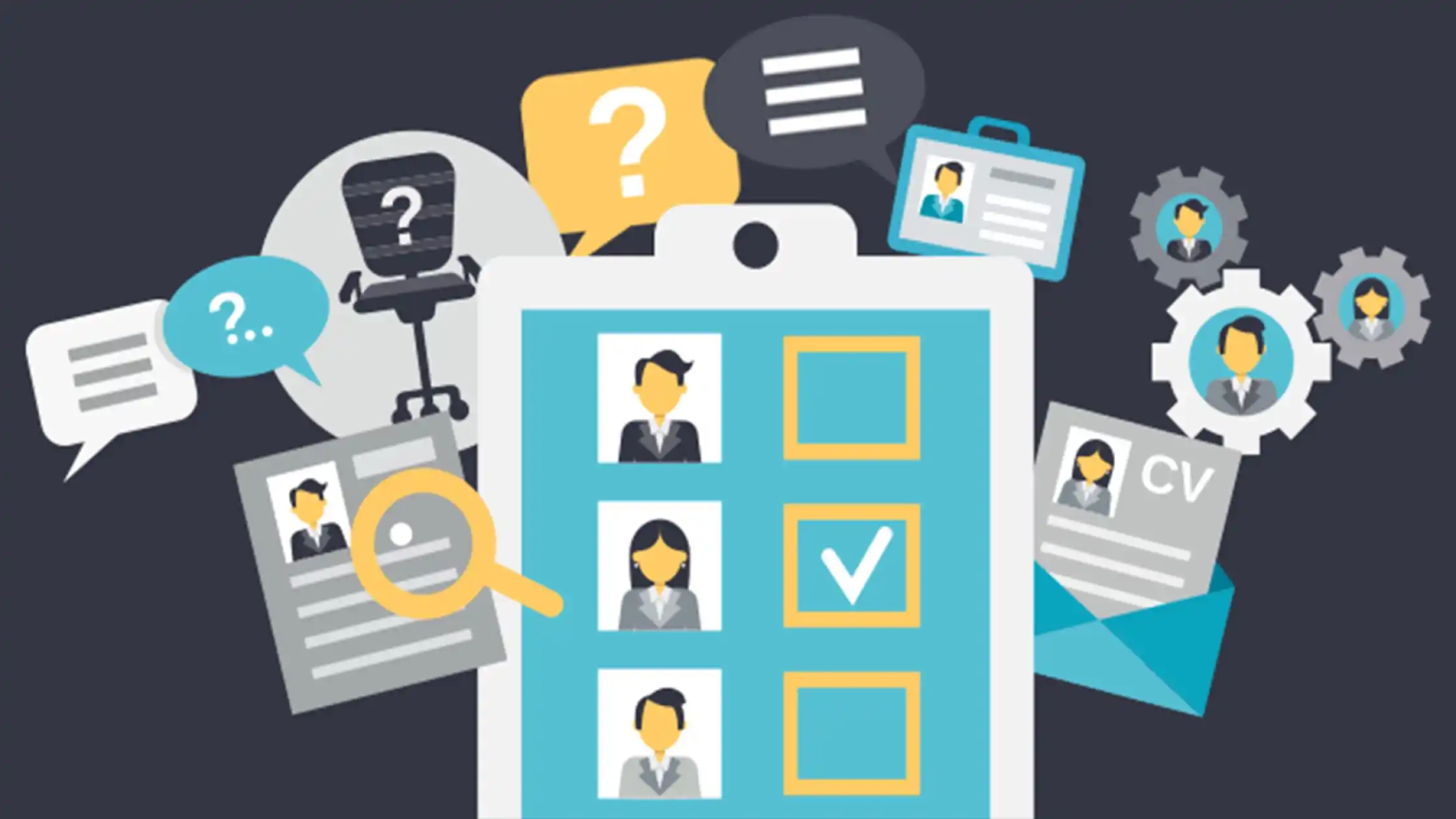Imagine you are running a business and you have just found someone who seems perfect for the job. Before making that final decision, you want to make sure everything they shared with you is accurate. This is where a background check comes in. A background check is simply the process of confirming someone’s personal and professional details to build trust and make informed hiring choices.

Many people hear the phrase and instantly think it is a big investigation or a way to dig into private life. It is not. A proper background check is a structured, legal process that focuses only on relevant information like work history, education, identity, and any records that might affect the job.
The goal is not to trap anyone but to make the hiring process stronger and fairer. It protects both the employer and the candidate by creating a clear, honest starting point.
Why Background Checks Are So Common Today
Hiring decisions affect teams, finances, and company reputation. That is why background checks have become a standard step in many workplaces around the world. Companies want to be confident that the person they are bringing in can be trusted with their responsibilities.

Workplace safety and legal compliance have become major priorities. Industries like healthcare, finance, education, and security often have stricter requirements because the roles involve sensitive information, vulnerable groups, or financial risk. Remote work has also made verification more important since people are often hired without ever meeting in person.
A good example is a hospital verifying a nurse’s professional license. Another is a bank making sure an applicant has no history of financial misconduct. These checks protect everyone involved and help companies build stronger teams.
What’s Typically Included in a Background Check

A background check is usually a collection of several small checks combined into one process. Employment history is verified to confirm that the person actually worked where they said they did and held the positions they listed. Education checks ensure that degrees or certifications are real and valid.
Criminal record checks look for any convictions that might affect the job. This is done within strict legal boundaries and always with the candidate’s consent. Identity verification makes sure the person is who they claim to be, which is especially important in sensitive roles.
Credit checks are sometimes done in financial positions where handling money or financial data is part of the job. Reference checks add a human layer by letting employers hear from past managers or colleagues. When combined, these steps give a complete and fair picture of the candidate.
The Legal Side: FCRA and State Laws
Every background check in the United States must follow the Fair Credit Reporting Act, also called FCRA. This law makes sure that background checks are done fairly and that candidates have rights throughout the process. An employer cannot just check anything they want at any time. They must first get clear permission from the candidate.
The law also limits how far back certain checks can go and what information can be used. For example, some states do not allow employers to use arrest records that did not lead to convictions. Some limit how far back credit history can be reviewed. Candidates have the right to see the results of their background check and to challenge anything that is incorrect.
This creates a balanced process where both sides are protected. The employer gets the information they need to make a good decision, and the candidate is protected from unfair or inaccurate reporting.
How the Process Works Step by Step

The background check process is usually quite structured. First, the employer asks for the candidate’s written permission. This is required by law. Once permission is granted, the employer works with a background screening company to collect and verify information from trusted sources.
The screening company looks at things like employment records, educational credentials, and any relevant criminal history that is legally allowed to be checked. They also verify identity information to make sure everything matches. If anything unusual comes up, the candidate is informed and given the chance to respond or correct it.
Once the verification is complete, the employer reviews the results and decides whether to move forward. This process ensures that decisions are based on real, verified facts instead of assumptions or guesswork.
Common Myths and Misconceptions
A lot of people misunderstand what background checks involve. One common myth is that they invade privacy. In reality, background checks cannot happen without permission, and they are restricted by strict laws.
Another misconception is that anyone with a criminal record is automatically rejected. Many employers look at the full context, including how long ago something happened and whether it is relevant to the job. It is not always a dealbreaker.
Some people believe background checks are only done by large corporations. That is not true. Small businesses use them too, often with simpler tools. Others think the process takes weeks, but modern checks are mostly digital and can be done quickly.
What Candidates Can Do to Prepare

Preparation makes a big difference. The best thing a candidate can do is keep their employment records and education certificates organised. When everything is clear and easy to verify, the process moves faster and smoother.
It also helps to keep professional online profiles accurate and up to date. A company may not rely on social media alone, but consistent information builds trust. Some people even request their own background reports in advance to see what employers will see. This can help fix small errors early.
Most importantly, honesty on applications is key. Trying to hide or exaggerate something almost always causes problems later. When candidates are upfront, even tricky situations can be handled with clarity and context.
Red Flags vs. Real Risks

Not every issue on a background check is a red flag. Serious red flags usually involve things like lying about work history, falsifying education, or having major legal issues directly connected to the job. These raise concerns about trust and responsibility.
However, some findings are not dealbreakers. A gap in employment or a minor legal matter from many years ago can often be explained. Many employers are willing to look at the whole story, not just a single line in a report.
This is why communication matters. If there is something that might come up, it is better to address it openly. Transparency often turns a potential problem into something manageable.
How Employers Should Handle Background Checks Responsibly
Employers have just as much responsibility as candidates. A background check should be fair, consistent, and respectful of privacy. The same standards should apply to every applicant for a given role to avoid discrimination or bias.
Following the law is essential. That means getting written consent, using reliable screening services, and giving candidates a chance to review any negative information before a decision is made. Confidentiality is equally important. The information collected should never be shared beyond those who need to know.
When employers approach background checks carefully, they protect their company’s reputation and build trust with new hires. It also creates a safer and more transparent workplace.
Wrapping It Up: Trust, Transparency, and Better Hiring

A background check is not about finding reasons to reject someone. It is about creating a foundation of trust between employers and employees. When handled properly, it helps companies make smarter decisions and gives candidates a fair chance to show they are who they say they are.
This process protects everyone. Employers get peace of mind knowing they are bringing the right person on board. Candidates enter a new role without hidden questions hanging over their heads. It turns hiring into a clear and honest exchange.
At its core, a background check is a tool for transparency. It supports better hiring, safer workplaces, and stronger teams. When both sides understand how it works, it stops being something to fear and becomes something that builds confidence.


